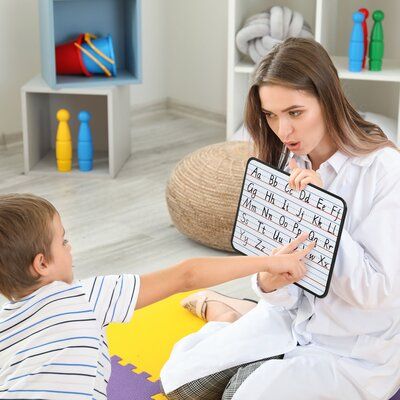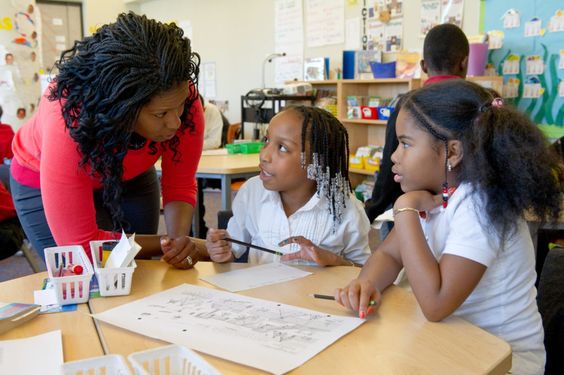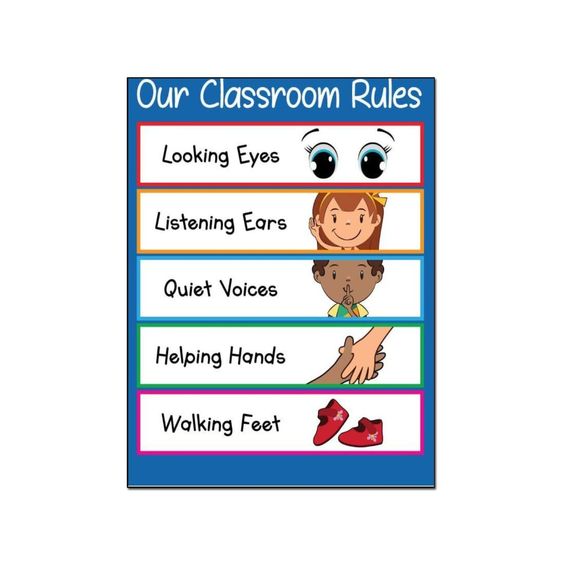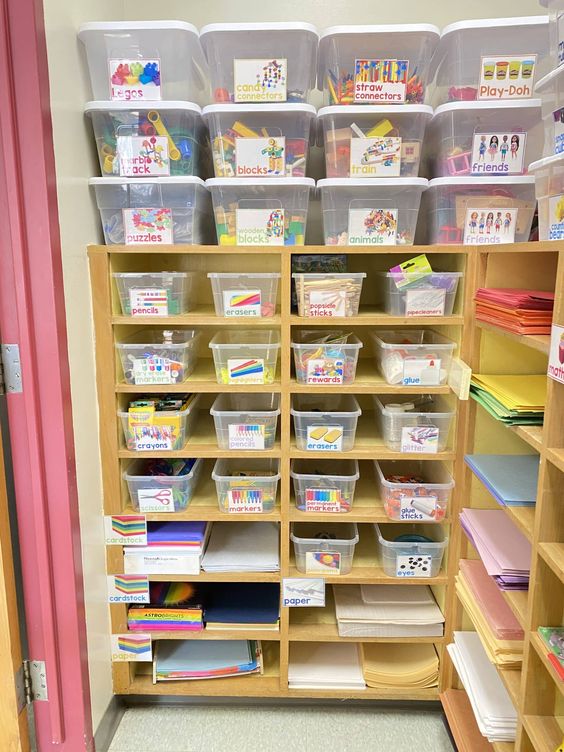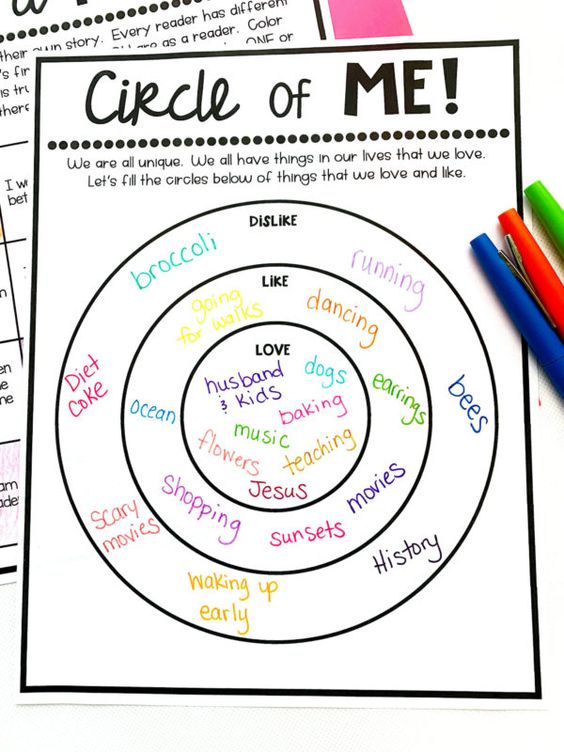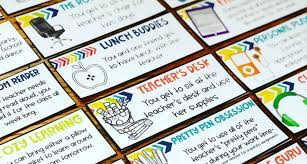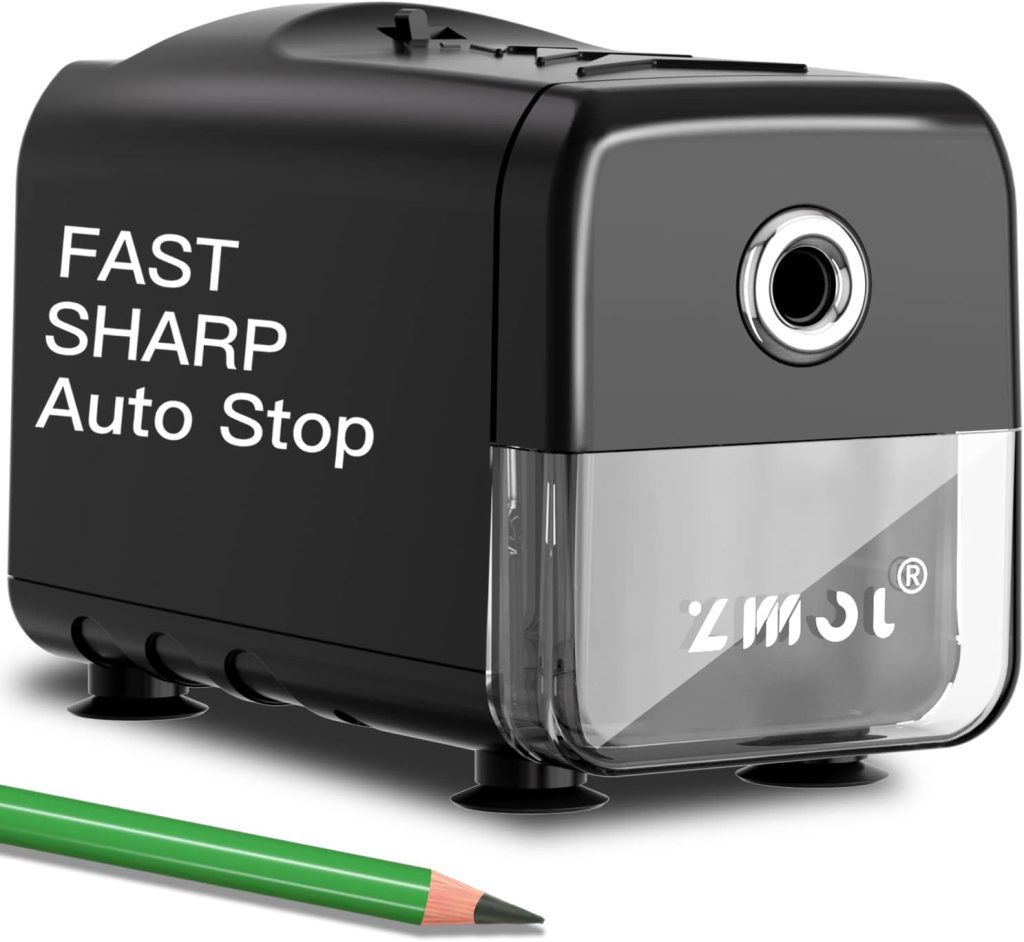Introduction:
In today’s fast-paced world, staying organized and tracking our daily tasks is essential. A reliable dry erase lap board can do wonders in helping us stay on top of things. In this article, we will discuss the 9 best dry erase lap boards available on the market, so you can choose the perfect one for your personal or professional needs.
1. Quartet Glass Whiteboard Desktop Easel
The Quartet Glass Whiteboard Desktop Easel offers a sleek, modern design with its tempered glass surface. It is versatile and perfect for personal or professional use. The compact size makes it easy to store and transport, while the adjustable angle allows customization for increased comfort.
2. Viz-Pro Double-Sided Magnetic Dry Erase Board
The Viz-Pro Double-Sided Magnetic Dry Erase Board features a smooth round-cornered design to prevent accidents and ensure safety. Its double-sided magnetic surface allows room for versatile use and maximizes writing space.
3. GoWrite! Dry Erase Lap Board
Ideal for classrooms or on-the-go usage, the GoWrite! Dry Erase Lap Board is lightweight and durable. Measuring 9×12 inches, it easily fits in most backpacks and is perfect for jotting down notes quickly.
4. Charles Leonard Dry Erase Lapboard
The Charles Leonard Dry Erase Lapboard comes in a pack allowing multiple people to use them at once, making it perfect for group work or brainstorming sessions at the office. The boards also have rounded edges and corners for added safety.
5. Audio-Visual Direct Frosted Glass Whiteboard Desktop Easel
For those looking for an elegant addition to their workstations, this frosted glass whiteboard by Audio-Visual Direct offers great writing space and durability. The desktop easel design allows easy customization of angles and folds flat for storage, making it practical and aesthetically pleasing.
6. Crayola Reusable Dry-Erase Activity Mat
Ideal for children, the Crayola Reusable Dry-Erase Activity Mat is perfect for keeping young minds engaged. The mat is easy to clean and can be used with Crayola’s dry erase crayons, making it both fun and educational.
7. 3M Post-it Dry Erase Surface
The 3M Post-it Dry Erase Surface can easily turn any existing structure into a functioning whiteboard. Its adhesive backing ensures an easy application and removal without damage, making it a versatile option for display boards or presentations.
8. Quartet Dry Erase Lap Board
The Quartet Dry Erase Lap Board is an excellent basic choice for those in need of a functional and durable dry erase surface. Made from melamine, this board is designed to resist staining and ghosting over prolonged usage.
9. Think2 Master Double-Sided Magnetic Board
The Think2 Master Double-Sided Magnetic Board boasts quality materials and construction, making it the ultimate choice for heavy users. Featuring a double-sided magnetic surface and durable aluminum frame, this board offers both convenience and longevity.
Conclusion:
With numerous dry erase lap boards available on the market, it can be challenging to find the perfect one for your needs. Our list narrowed down the top 9 options with features that cater to various preferences, from aesthetics to functionality. Whether you’re seeking a board for personal use or the workplace, these options ensure that you’ll stay organized and efficient in accomplishing your tasks.
